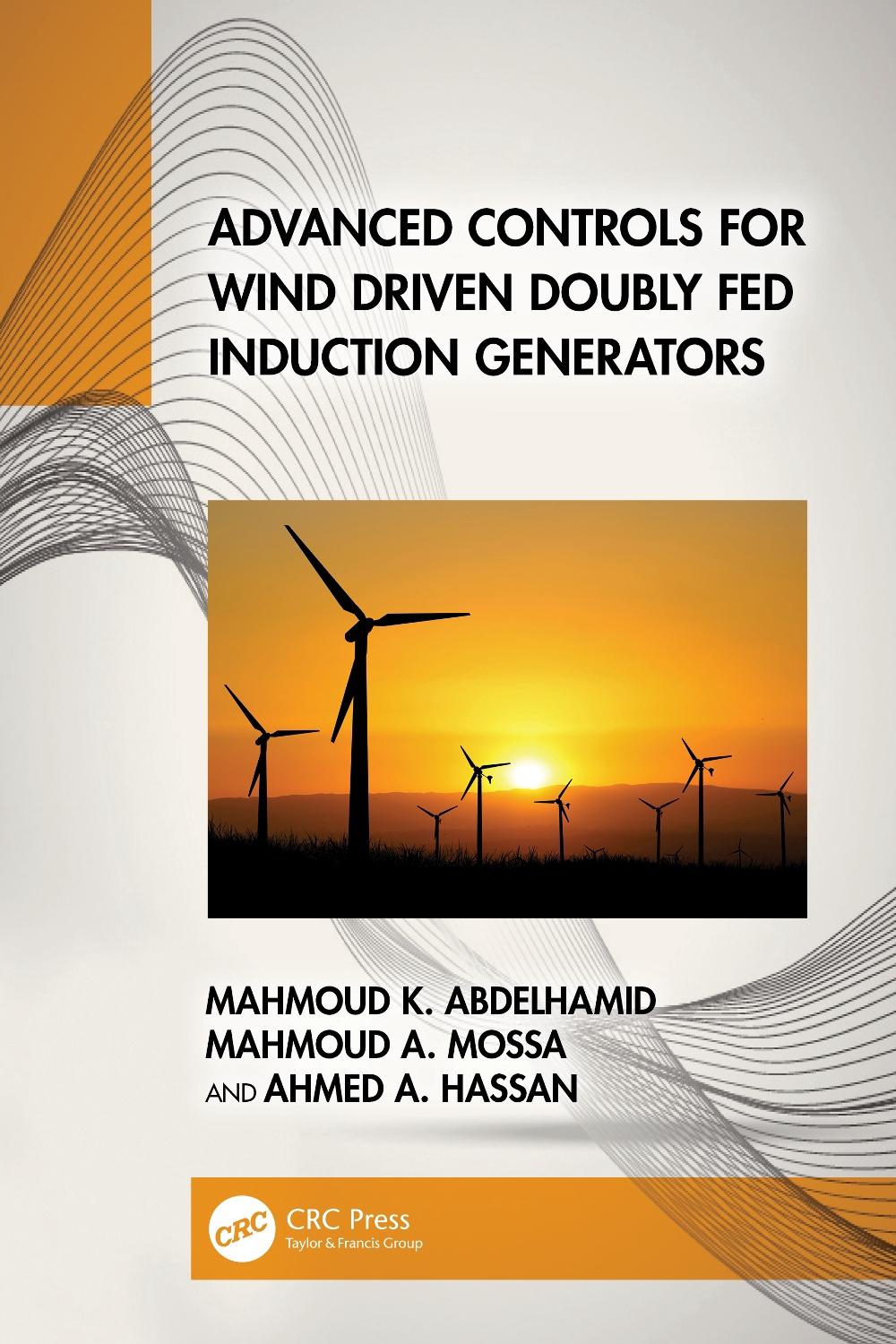
When you click on links to various merchants on this site and make a purchase, this can result in this site earning a commission. Affiliate programs and affiliations include, but are not limited to, the eBay Partner Network.
Advanced Controls for Wind Driven Doubly Fed Induction Generators by Mahmoud K.

- Item No : 236119662441
- Condition : Brand New
- Brand : No brand Info
- Seller : the_nile_uk_store
- Current Bid : US $112.21
-
* Item Description
-
The Nile on eBay

Advanced Controls for Wind Driven Doubly Fed Induction Generators
by Mahmoud K. Abdelhamid, Mahmoud A. Mossa, Ahmed A. Hassan
This book discusses the most advanced control algorithms used for enhancing the dynamics of a doubly fed induction generator (DFIG) operating at fixed and variable speeds, and which are used for different utilization purposes (standalone and grid connection).
FORMAT
PaperbackCONDITION
Brand New
Publisher Description
Advanced Controls for Wind Driven Doubly Fed Induction Generators discusses the most advanced control algorithms used for enhancing the dynamics of a doubly fed induction generator (DFIG) operating at fixed and variable speeds, and which are used for different utilization purposes (standalone and grid connection). Extensive generator performance analysis has been introduced using various control topologies.Features:Presents modeling of wind energy conversion systems (WECS), including a wind turbine as a prime mover, a DFIG as a generation unit for electrical energy, and a three-phase induction motor as an isolated loadExplores a detailed description for the presented control algorithms in order to visualize the base principle of each methodIntroduces a comprehensive performance analysis for the DFIG using the formulated predictive voltage control scheme and other control techniques under different operating conditionsExamines the formulation of new control approaches which overcome the shortages present in previous DFIG control schemesPresents a detailed comparison between different control topologies for the DFIG to outline the most effective procedure in terms of dynamic response, structure simplicity, ripples, total harmonic distortion, and computational burdensThe book is written for researchers and academics working on advanced control systems and those interested in areas such as machine drives, renewable energy systems, 'adaptive control', modeling of WECS, and optimization theory.
Table of Contents
Introduction. Chapter 1. Literature Review. 1.1. Introduction. 1.2. Wind Driven SG. 1.3. Wind Driven IG. 1.4. Field Orientation Control (FOC) of DFIG. 1.5. Model Predictive Control (MPC) of DFIG. Chapter 2. Modeling of the Wind Energy Conversion System Components. 2.1. Mathematical Model of DFIG. 2.2. Modeling of the Wind Turbine. 2.3. Mathematical Model of the Isolated Load under Study. 2.4. Modeling of Rotor Side Converter (VSI). Chapter 3. Analyzing and Enhancing the Performance of a Standalone Variable Speed DFIG. 3.1. Control Schemes Adopted for the Standalone DFIG. 3.2. Adopted Control Scheme for the Load. 3.3. Computation Results. Chapter 4. Dynamic Performance Analysis of an Alternative Operating Regime of DFIG (Grid Connected Case). 4.1. Adopted Control Schemes for the Grid Connected DFIG. 4.2. Computation Results. Chapter 5. Conclusions and Recommendations for Future Work. 5.1. Conclusions. 5.2. Recommendations for Future Work. Appendix. References.
Details
ISBN1032576855Author Ahmed A. HassanPages 174Publisher Taylor & Francis LtdYear 2025ISBN-13 9781032576855Format PaperbackPublication Date 2025-06-27Imprint CRC PressPlace of Publication LondonCountry of Publication United KingdomAlternative 9781032572901DEWEY 621.312136Illustrations 21 Tables, black and white; 401 Line drawings, black and white; 401 Illustrations, black and whiteAudience Professional & VocationalUK Release Date 2025-06-27ISBN-10 1032576855


















